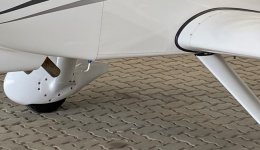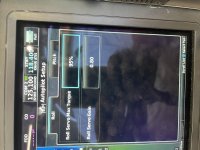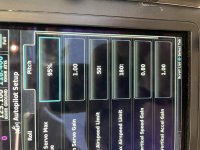eumarschner
I'm New Here
Hi all, I've been following the various performance check threads and to this date, haven't been even close to achieving the 160+ kts TAS airspeed suggested by Vans and other pilots in this forum.
I am flying a 2011 assembled RV-9A with a Hartzell CS propeller and a Lycoming IO-320 engine, wheel fairings included.
I've been achieving a 145-150 kts TAS at 8500' DA on flights in the Rio de Janeiro, BR surroundings.
My aircraft was assembled by Flyer in Brazil, who is known for putting a good interior and a bit more weight on the front end of the aircraft.
To verify whether W&B is impacting performance, I share my latest weight and balance measure, to verify whether it stands in line with other aircraft flown elsewhere.
Empty measures:
Right Landing Gear 207.8 Kg (458.1 pounds / 37.6% weight)
Left Landing Gear 210.5 Kg (464.1 pounds / 38.0% weight)
Nose Wheel 135.0 Kg (297.6 pounds / 24.4% weight)
Total 553.3 Kg (1,219.8 pounds)
Can you please share your W&B and performance for verification?
Any additional hints on what else might be impacting performance?
Thank you much folks
I am flying a 2011 assembled RV-9A with a Hartzell CS propeller and a Lycoming IO-320 engine, wheel fairings included.
I've been achieving a 145-150 kts TAS at 8500' DA on flights in the Rio de Janeiro, BR surroundings.
My aircraft was assembled by Flyer in Brazil, who is known for putting a good interior and a bit more weight on the front end of the aircraft.
To verify whether W&B is impacting performance, I share my latest weight and balance measure, to verify whether it stands in line with other aircraft flown elsewhere.
Empty measures:
Right Landing Gear 207.8 Kg (458.1 pounds / 37.6% weight)
Left Landing Gear 210.5 Kg (464.1 pounds / 38.0% weight)
Nose Wheel 135.0 Kg (297.6 pounds / 24.4% weight)
Total 553.3 Kg (1,219.8 pounds)
Can you please share your W&B and performance for verification?
Any additional hints on what else might be impacting performance?
Thank you much folks
Last edited:







